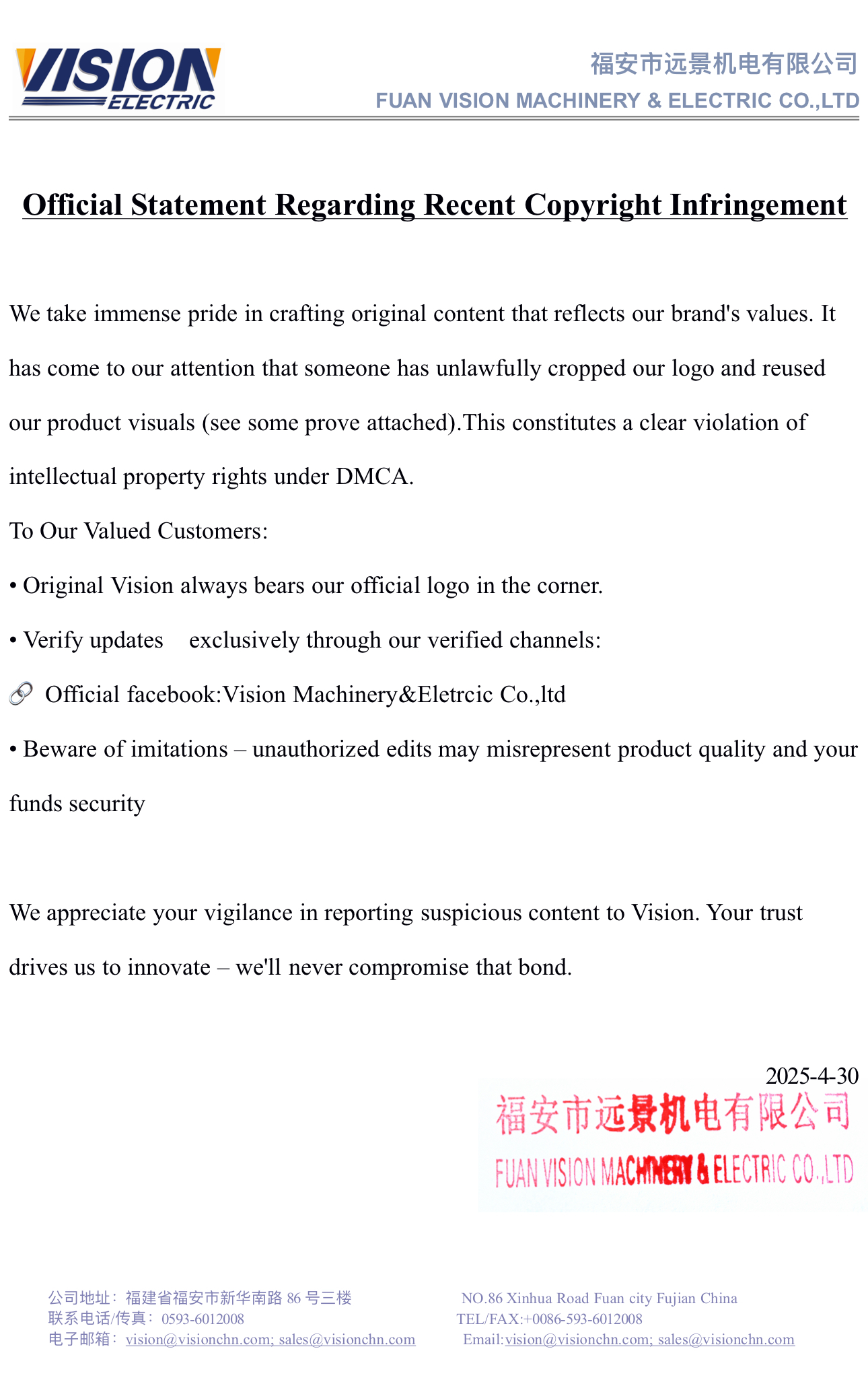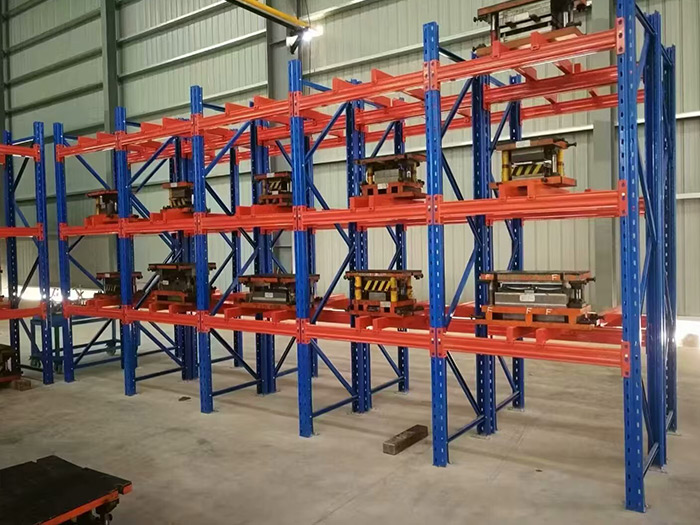As the demand for smarter, more energy-efficient infrastructure continues to rise, organizations face a key decision when constructing communication stations, control centers, or data rooms: whether to choose a PU integrated computer room or rely on a traditional machine room.
While conventional rooms have long been used in industrial and telecom projects, they often struggle to meet modern expectations for insulation, modularity, and energy performance. PU integrated computer rooms — such as those built with high-density polyurethane (PU) anti-theft insulation structural boards — are emerging as a superior alternative for today’s efficiency-focused operations.
This article compares both systems in detail, highlighting how the PU integrated computer room from JHZXC Tech delivers tangible benefits in thermal performance, structural flexibility, and long-term cost control.
1. Understanding the Basics: PU Integrated vs. Traditional Machine Rooms
Traditional machine rooms are typically built with brick, concrete, or steel structures. While durable, they require complex on-site construction, extensive labor, and long installation times. Temperature regulation often depends on additional insulation materials and heavy HVAC systems — increasing both upfront and operational costs.
In contrast, PU integrated computer rooms are pre-engineered modular systems assembled from high-density polyurethane structural boards. These prefabricated units can be assembled quickly, maintain superior insulation, and allow for disassembly and relocation without damaging structural integrity.
The difference lies in integration: where traditional rooms are fixed and rigid, PU integrated models are modular, efficient, and adaptive.
2. Energy Efficiency and Insulation Performance
Energy management is a top concern for all facilities housing sensitive equipment. Traditional rooms frequently experience thermal bridges, areas where heat easily passes through structural joints, leading to uneven temperatures and wasted energy.
PU integrated computer rooms, however, are engineered for complete cold and hot bridge isolation. The seamless joint system between panels prevents heat transfer, maintaining a consistent internal environment and significantly reducing HVAC loads.
The closed-cell structure of polyurethane provides excellent insulation, ensuring that temperature fluctuations in the external environment have minimal impact on the room’s interior. This directly contributes to lower energy consumption, improved equipment performance, and a longer service life for climate control systems.
3. Installation Speed and Construction Efficiency
Building a traditional machine room is labor-intensive. It requires site preparation, concrete pouring, wall construction, wiring, and insulation — all of which can take weeks or even months.
By contrast, a PU integrated computer room can be pre-assembled and tested within the factory area, then transported for on-site installation and hoisting as a complete unit. This streamlined process drastically reduces construction time, site disturbance, and human error.
Moreover, the modular design allows for controlled quality since most manufacturing and testing occur in a factory environment. Projects benefit from faster delivery and consistent assembly standards, even under complex environmental conditions.
4. Flexibility and Scalability
Traditional machine rooms are static — once built, modifications or expansions often require demolition or reconstruction. This rigidity makes it difficult to adapt to future needs, such as expanding network capacity or upgrading systems.
PU integrated computer rooms, on the other hand, offer non-destructive disassembly and reassembly. Components can be detached, relocated, or upgraded without structural damage. This flexibility supports businesses that anticipate technological updates or location shifts in the future.
For instance, telecommunications operators can relocate a station from one project site to another, or add new modules as system demand grows, without investing in new construction.
5. Structural Strength and Safety
While modular systems might seem lightweight compared to concrete buildings, PU integrated computer rooms maintain impressive structural integrity. The high-density polyurethane anti-theft insulation board used in construction provides both mechanical strength and security.
The robust outer steel plates protect against impact and intrusion, while the internal PU core resists deformation and offers excellent insulation. This integrated anti-theft design ensures both physical protection and environmental stability, crucial for unmanned or remote installations.
6. Customization and Aesthetic Flexibility
Traditional rooms often offer little room for customization beyond size and paint. In contrast, PU integrated computer rooms are designed for personalization and site-specific adaptation.
Clients can customize:
-
Appearance styling — to match corporate branding or site aesthetics
-
Layout design — to fit specific equipment or cable management requirements
-
Environmental adjustments — to handle unique temperature, humidity, or wind conditions
These factors make the PU system particularly suitable for high-visibility or outdoor locations where both performance and design quality matter.
7. Sustainability and Lifecycle Advantages
Sustainability has become a core measure of infrastructure quality. Traditional construction often generates significant waste during both installation and demolition. PU integrated computer rooms offer a recyclable and reusable solution.
Each building can be disassembled without damage, and its panels reused in new configurations or projects. This circular approach reduces environmental impact and supports green building initiatives.
Additionally, by improving energy efficiency, the PU system reduces a facility’s carbon footprint over its lifetime — aligning with global sustainability goals and ESG reporting standards.
8. Maintenance and Long-Term Reliability
Traditional rooms typically require periodic maintenance for insulation, waterproofing, and structural integrity. Over time, cracks or gaps can appear, allowing moisture and air leaks that reduce efficiency.
PU integrated computer rooms minimize these issues with a sealed and corrosion-resistant surface. The PU material itself is resistant to aging, moisture, and pests. Its integrated structure requires minimal maintenance while maintaining consistent performance for years.
This reliability is especially critical for remote stations, where accessibility and service costs are major considerations.
9. Cost and Operational Considerations
While a PU integrated computer room may have higher initial material precision requirements, it compensates through:
-
Lower installation labor costs
-
Faster project delivery
-
Reduced energy consumption
-
Longer service life and reusability
Traditional rooms often incur additional expenses for insulation layers, air conditioning, and periodic upgrades. The PU solution’s integrated design minimizes secondary investment, leading to measurable long-term savings.
10. Choosing the Right Solution for Your Project
The decision between a PU integrated computer room and a traditional machine room depends on project goals, environmental conditions, and long-term planning.
Choose a traditional machine room if:
-
Your project is fixed, long-term, and space is not a limitation.
-
You require a permanent structure with traditional construction methods.
Choose a PU integrated computer room if:
-
You value modularity, energy efficiency, and flexible deployment.
-
Your project requires fast installation, relocation, or customized layouts.
-
You aim to reduce operational costs and environmental impact.
In most modern scenarios — especially for telecom, industrial, or energy infrastructure — the PU integrated approach provides a more efficient, sustainable, and future-ready solution.
For more information on modular systems and specifications, visit PU Integrated Computer Room.
Conclusion
As technology infrastructure continues to evolve, the construction of supporting facilities must also advance. The PU integrated computer room from JHZXC Tech represents a new generation of building innovation — offering energy efficiency, durability, design flexibility, and recyclability.
Compared to traditional machine rooms, it’s a smarter, faster, and more sustainable choice for organizations seeking both performance and long-term value.
www.jhzxctech.com
Jinhua Zhongxing Communication Technology Co., Ltd.



More Stories
Official Statement Regarding Recent Copyright Infringement
Applications of Ozone in Water Treatment: Understanding Processes, Mechanisms, and Advantages
GNS Company's Ahmed Ashry and Team Visit MINSAINT Company Factory